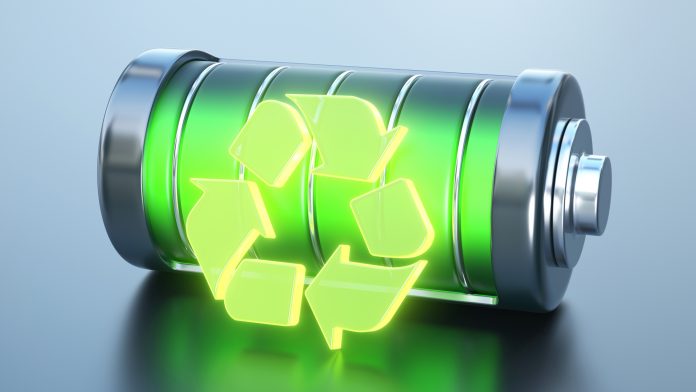As EV battery demand continues to rise, manufacturers are turning to recycling innovation to meet lithium supply shortages.
For electric vehicles (EVs) to successfully become the best solution to the world’s transport pollution issues, the industry needs to develop a global infrastructure for recycling the metals and chemicals used in the millions of batteries produced each year. To meet global EV battery demand, recycling companies say that their battery recycling innovations will help to solve lithium supply shortages.
Battery recycling: Addressing global EV battery demand
While the low operating costs of EVs attract drivers, they also contribute to the unwanted waste from cobalt, manganese, lithium, copper, nickel, plastics and other materials once they are scrapped. However, recycling systems are emerging in the US, Europe, India and Asia that have the potential to help further polish the industry’s green credentials.
Recycling is still a green shoot business for EVs, but those doing so hope to snatch an advantage as demand for e-mobility increases. After all, EVs are powered by cocktails of chemicals that are extremely difficult to break down and separate.
For instance, electrodes need to be mixed with water and acid to extract the individual elements. On top of this, no one country can source every different battery ingredient internally.
A rise in large battery recycling plants
A significant current challenge is that the supply from mining battery metals is not keeping up with the current global EV battery demand. Countries like Norway hope to secure access to critical battery materials that they do not mine themselves by investing in recycling plants. Sweden’s Northvolt is currently Europe’s largest battery recycler and has opened a plant in Norway to handle 25,000 battery packs annually. Backed financially by BMW, VW and Goldman Sachs, it plans to boost capacity to 300,000 battery packs by 2030.
The realisation is dawning that large recycling plants can gain a strategic advantage. They can be used to meet global EV battery demand and provide a safety net against supply shortages. We only need to look at what happened with OPEC during its oil embargoes in the 1970s, which led to soaring prices, conflicts in the Middle East and global inflation. No country today wants to experience anything like that again.
Supply chain impacts and rising lithium prices
EV manufacturers know first-hand how input shortages and cost hikes can severely impact supply chains and the cost of their products. One example is how lithium prices have soared in the last year, with spot prices reaching around $US15/kg in June 2021, then jumping to nearly $US80/kg in March 2022.
Having already invested billions of dollars in manufacturing plants to produce EVs, producers do not want to be hammered by soaring material costs. Tesla has worked on battery recycling for several years in an attempt to have some control over its sourcing of critical materials. Its 2021 Impact Report notes that its efforts recovered 1,500 tons of nickel, 300 tons of copper and 200 tons of cobalt last year. Although cobalt scrap alone returned $US16m in profit, that is a comparatively small amount.
Battery recycling innovation: Opportunities for growth
With prices having risen further since, Tesla says the quantity of nickel it recovers would be worth more than $US45m. While comparatively few batteries are being returned compared to its EV production levels, Tesla is increasing its efforts by sourcing from EV operators such as taxi and taxi-like services with high vehicle usage. It adds, however, that batteries sourced from its Model S autos or battery farms will take time to rise to any significant volume.
Other manufacturers are also chasing new opportunities. Li-Cycle, for instance, opened its first plant in Ontario two years ago. In March 2022, they also announced a third facility in Gilbert, Arizona, after revealing $US200m in funding from mining giant Glencore. To illustrate its potential growth, the company highlighted that the number of Li-ion batteries scrapped globally by the end of 2020 amounted to 460,000 tonnes. It is estimated that by 2030 that would reach 15 million tonnes.
What has yet to be determined is whether battery farms will impact manufacturers. Typically, they repurpose second-hand EV batteries, which generally outlast the lives of the autos where they were first installed. Demand for new, green electricity grids is also continuing to expand. Battery farms can extract several times the life from used batteries, even though they may have already run for many thousands of kilometres.







